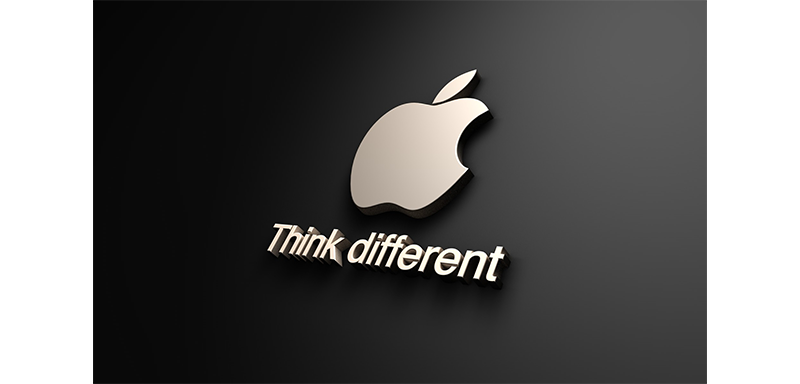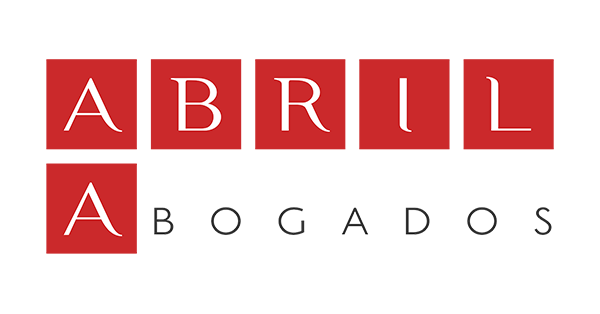 The last 8th June 2022, the EU General Court passed a judgement were dismissed an appeal from Apple against the revocation of its EU trademark “THINK DIFFERENT” (joined cases T-26/21 y T-28/21). The proceedings come from October 2016 when Swatch AG filed three applications for the revocation of three “THINK DIFFERENT” EU trademarks from Apple arguing that no genuine use of the trademarks existed for an uninterrupted period of five years (from 14th October 2011 to 13th October 2016). The 24th of August 2018 the Cancellation Division revoked the contested trademarks for all the concerned goods in Class 9 and later the Fourth Board of Appeal dismissed the appeals, so Apple decided to appeal before the General Court.
The last 8th June 2022, the EU General Court passed a judgement were dismissed an appeal from Apple against the revocation of its EU trademark “THINK DIFFERENT” (joined cases T-26/21 y T-28/21). The proceedings come from October 2016 when Swatch AG filed three applications for the revocation of three “THINK DIFFERENT” EU trademarks from Apple arguing that no genuine use of the trademarks existed for an uninterrupted period of five years (from 14th October 2011 to 13th October 2016). The 24th of August 2018 the Cancellation Division revoked the contested trademarks for all the concerned goods in Class 9 and later the Fourth Board of Appeal dismissed the appeals, so Apple decided to appeal before the General Court.
As evidence to prove the genuine use of the trademarks, Apple submitted: a witness statement from the director of its legal department with information about the success of the company, advertising expenditures, awards received and sales figures; some articles from new sites as well as magazines; and annual reports for 2009, 2010, 2013 and 2015.
However, both the Cancellation Division and the Board of Appeal, found that the occasional use of the marks, during the relevant period, on the Apple website to commemorate special events or famous people were isolated and ephemeral uses (genuine use has to be effective, not a mere use to preserve the rights conferred by the mark). Also, the use of the trademark on computers was merely a small script next to technical specifications alongside the word mark “Macintosh”, so in no case this would amount to a genuine use, as an effective genuine use requires that the trademark fulfils its essential function.
Regarding the appeal before the General Court, Apple argued that the Board of Appeal had not taken due account of the level of attention of the relevant public or the degree of visual inspection of the packaging of the computers where the contested trademarks were placed. On this regard, the General Court found that despite the level of attention from the consumers, genuine use cannot be claimed when the trademark was just placed in an insignificant space next to the barcode and alongside another trademark (“macintosh”). It should be noted that, as the General Court states, the mere fact that the trademark appears next to another trademark does not per se undermine the essential function of the trademark, that is being capable of identifying the origin of the products or services to which it accompanies. However, in order to consider that there has been a genuine use, the trademark shall be placed in such a way that it can still fulfil its essential function. And in this case the placement of the trademark was not done in such a way that it could fulfil its essential function. Also, Apple failed to prove how the high level of attention from consumers would result in a deep examination of the packaging where the trademark was placed.
So, the General Court dismissed the appeals from Apple and upheld the decision from the Board of Appeal. This poses a good example on why trademarks shall be used since registrations are time limited and subject to a genuine use, so we are not dealing with an absolute right which has no obligations for the rightsholder, and not even a massive undertaking such as Apple is free from such obligations.

